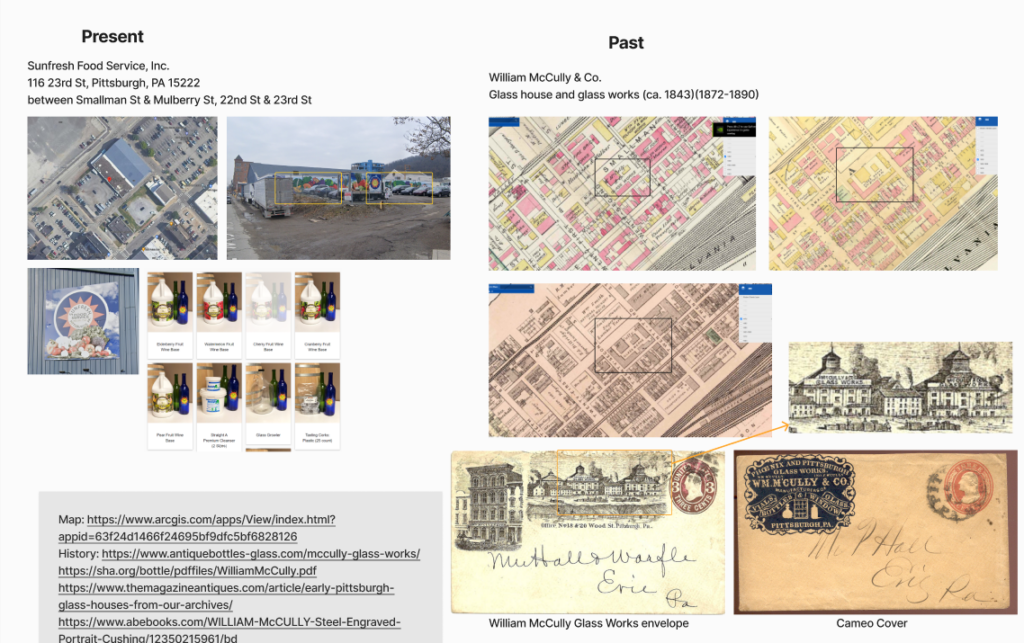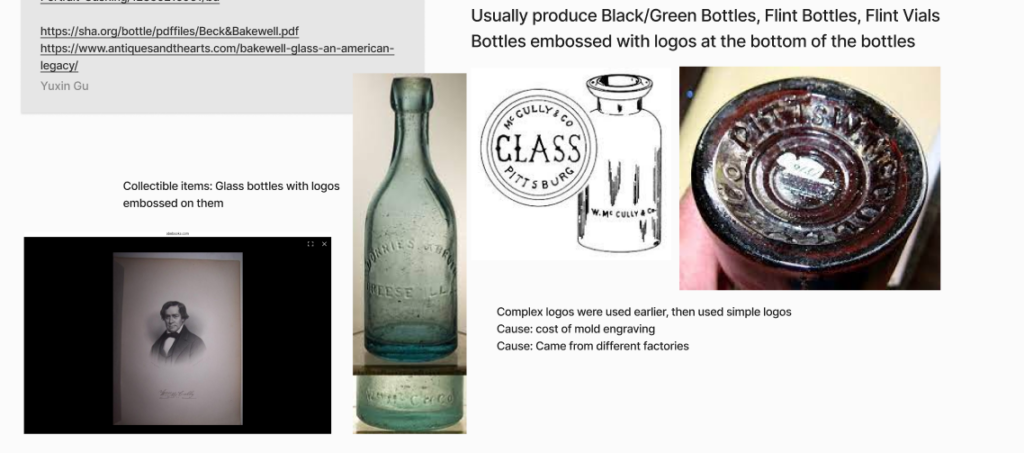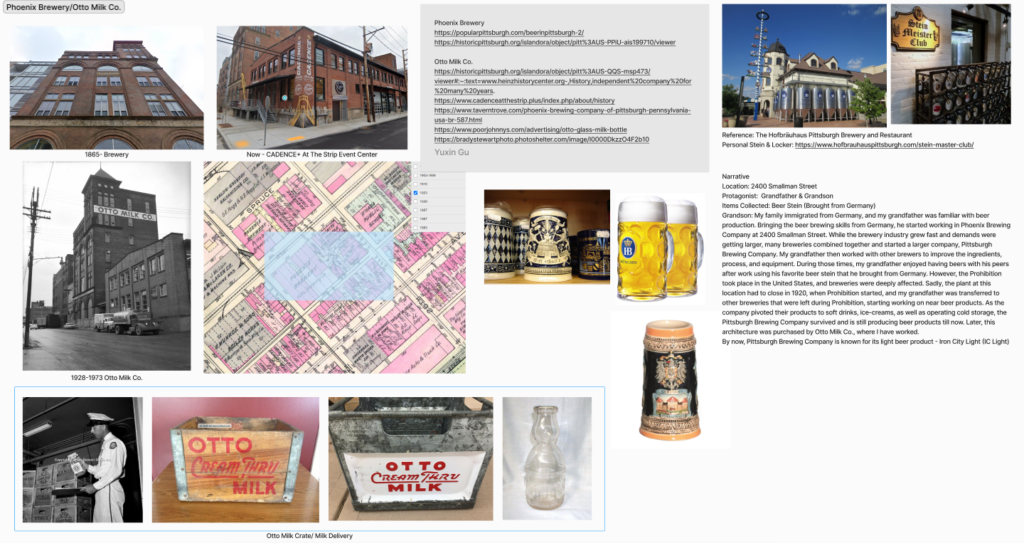1.Gameplay
Last week, in the aspect of game design, we synthesized the feedback from faculty (quarter), clients, and instructors. We broke down everyone’s game proposals from the previous week into various features based on focus points and technical feasibility. We abandoned the impossible or irrelevant features and compiled the good features into a balanced and solid plan. Specifically, the plan includes the following bullet points:
To be more specific, the gameplay includes:
- Using a scavenger hunt as the base gameplay mechanic.
- Players find clues in real spaces through an AR mode, learning about the stories behind these clues on-site, and collecting items from the stories as rewards.
- After returning home, players can organize and store these collected items in their personal collections, which are presented in the form of a 3D museum/shop. This allows users to view and revisit the story fragments they have collected in an engaging manner.
We focused on enhancing player interaction and the overall user experience, ensuring the game is both educational and entertaining. Our design process has been highly iterative, incorporating critical feedback at every stage to refine our concepts and deliver a game that meets our educational goals while being highly engaging for players.
To make our game design happen, we did the followings:
2.Narrative
In our narrative design, we focused on how to convey the theme of “people from different cultures understanding and embracing multiculturalism within the same physical space” through historical stories associated with specific locations (such as factories, churches, or shops) in the Strip District area.
Yuxin, Cora, and Xixi were tasked with the research and design of the narrative. They began their investigation into the stories behind breweries, dairy companies, ceramic workshops, foods, beverages, and other cultural goods transported across oceans to be sold in the United States.
We have made some progress so far, which is attached as follows.
By the end of week 5, we plan to finalize the specific locations, items for interaction, characters, and stories. We aim to establish connections between stories, allowing players to start with fragments but feel a common, overarching theme. This approach ensures that the narrative design not only enriches the gameplay experience but also educates players on the importance of cultural understanding and acceptance.




3.UX
Our game is a mobile platform AR game. The main interaction between user and the game would be through the interface. So we firstly design the UX workflow as the basic framework for the content.
Because we are unsure about the technical feasibility of some key features, we made a MVP version and a delux version, which we may create if we have time.
The workflows are mainly based on the Loop of Scavenger hunt games. The workflows are attached as follows:


We would test it inside our team and iterate it in the following weeks. By the half, we would have a workable version to be tested with the fresh audience.
4.Tech
Before starting to work on the tech, we concluded the key tech features that needs to be done first, which are as follows:
- GPS navigation and visualization in a map
- AR auto registration
- Interaction with virtual object in AR scene
- UI framework
- Player’s personal collection scene (camera change, locomotion and interaction with 3D objects)
We compared different platforms and decided on the Niantic Lightship ARDK.
By the end of Week4, Tony already made the basic interactive UI framework and tried building and testing it on an iOS device.
Tony and Shen are in charge of the tech part. By the end of Week5, we would:
- Create a tech document.
- Try the Niantic Lightship ARDK features. Build and test it on iOS devices.
- Iterate on the UI framework.
- Build the pipeline and ready to throw the content in it.
